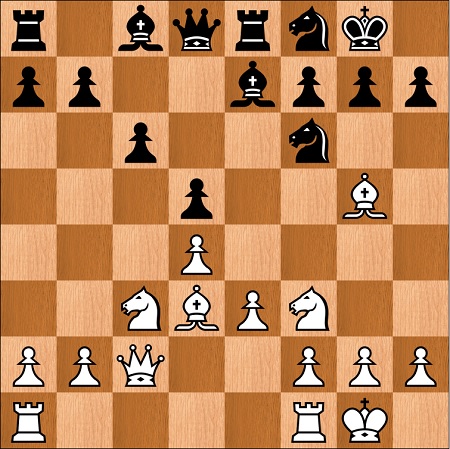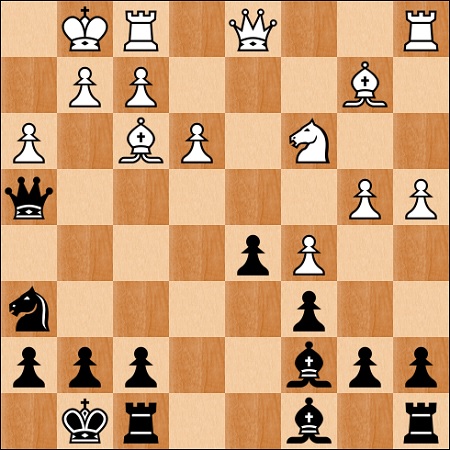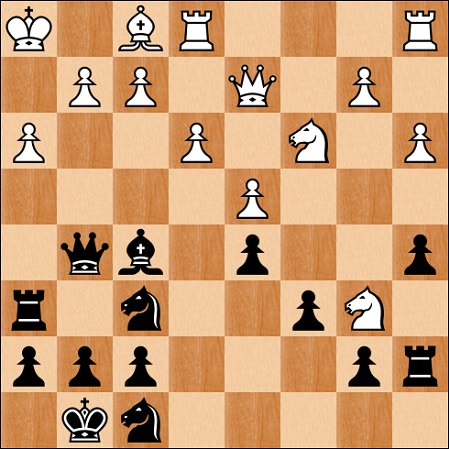I recently took the decision to change the clinic content so that it covers the Tiger Chess Themed Training events on Lichess. I set these events up so that students could practice important position types rather than waste time on the random mayhem that usually occurs in online games. The results have been very promising in that several people have reported increased engagement and interest in the problems after having wrestled with them in a series of games.
The first position to have been played is a key position in the Queen's Gambit Declined Exchange Variation, arising after the moves 1.d4 Nf6 2.c4 e6 3.Nc3 d5 4.cxd5 exd5 5.Bg5 Nbd7 6.e3 Be7 7.Bd3 O-O 8.Qc2 c6 9.Nf3 Re8 10.O-O Nf8. This is a very useful position from which to learn strategy because of the clarity of the pawn structure and the ease with which the different plans and ideas can be explained. Nonetheless it can prove very challenging to master as these plans come into conflict, and I am devoting the current series of webinars to its mastery.

I will not show any highlights this time but instead list the forthcoming practice events, which are held at 8pm London (UK) time on Wednesdays and 6pm London (UK) time on Sundays:
October 10th (6pm): QGD Exchange Training
October 13th (8pm): QGD Exchange Training
October 17th (6pm): QGD Exchange Training
October 20th (8pm): QGD Exchange Training
October 24th (6pm): QGD Exchange Training
After this series the webinars will cover a new topic and new positions will be used for the training events. It will take more practice than this to get in tune with these position types, but this is at least a start.
Nigel Davies


